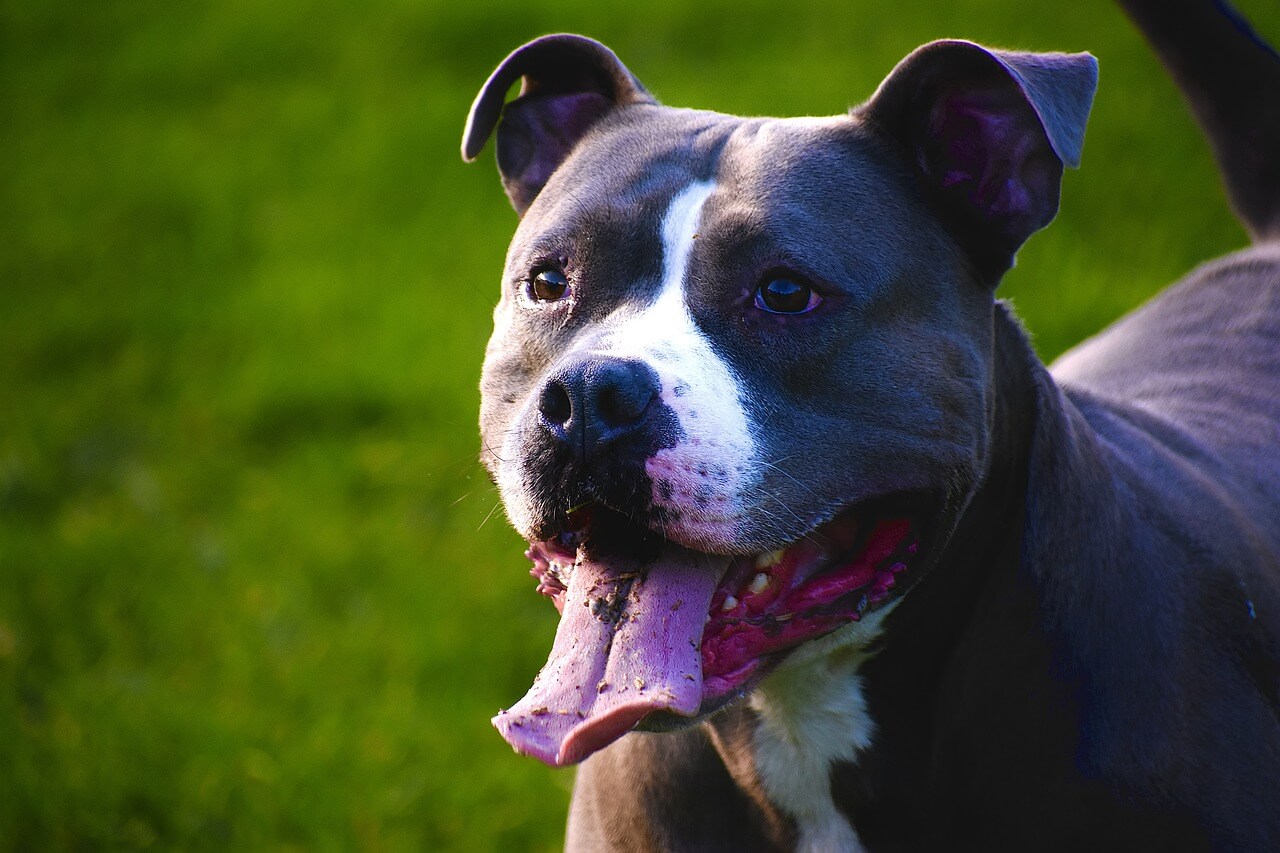By Melissa Rae Sanger
Shopping done? Check! Backpacks packed? Check! Alarms set? Check! In a matter of weeks, the big yellow buses will ride again, signifying the start of a brand-new school year.
Although your kids (and you) may be excited for school to start, it’s not typically a joyous time for dogs. They’ve grown accustomed to the hustle and bustle of sunny summer days and spending more time with their humans, and it can be hard for them to adjust to the sudden change in schedule and the loneliness that can result when the kids return to class.
It’s important to anticipate their needs during this unsettling time and not banish them to a crate or scold them for anxious behavior. Caging animals for prolonged periods is cruel; can lead to aggression, hyperactivity and depression; and deprives them of basic necessities.
Proper preparations can make the back-to-school transition easier—for everyone.
It’s best to avoid sudden changes. Animals thrive on routine, and it can take time for them to form new habits. In the weeks leading up to the start of school, establish a consistent feeding and walking schedule that will align with the new itinerary so that when the inevitable first day rolls around, they’ll already have settled into the “new normal.”

Set aside time in the morning to take your dog for a walk, even if it means getting up a bit earlier. Exercise provides dogs with vital mental and physical stimulation and reduces their stress. Plus, after a walk that allows them to sniff, stroll and wander at their own pace, dogs are more relaxed and can rest better during the day while the kids are away.
A few minutes before the kids head out, give your dog a treat-dispensing toy stuffed with their favorite goodies to distract them. Once they’ve finished with it, put it away until the following day. This will give them something to look forward to each morning and help reduce the stress they feel when the smallest members of their “pack” leave.
Keep departures short, sweet and calm. Rushing around in the morning looking for lost shoes and missing keys increases anxiety for you and your animal companions because they are in tune with your emotions and will respond accordingly. Get everything ready the night before to avoid morning mayhem (as much as possible).
Limit the amount of time dogs spend completely alone, and use background noise, such as classical music or the TV, to help make the hours less lonely. These can mimic the sounds of a noisy, kid-filled home in the summertime and provide a sense of familiarity. Puzzles, chew toys and other diversions help keep dogs busy and provide an engaging way to pass the time.
If you will also be spending more time away from home during the day, go back during your lunch break or hire a trusted friend, neighbor or professional dog walker to give your canine companion a midday bathroom break and exercise. If you’re looking for a dog walker, start by asking friends and family to recommend someone they trust. The National Association of Professional Pet Sitters can also provide referrals for sitters in your area. Please make sure to ask for multiple references—and check them.
Dogs are social animals who need plenty of mental stimulation and exercise to stay happy and healthy. With a little effort, you can help your dog thrive, even when the house is a little quieter than usual.
Is it time to start the countdown to next summer yet?





